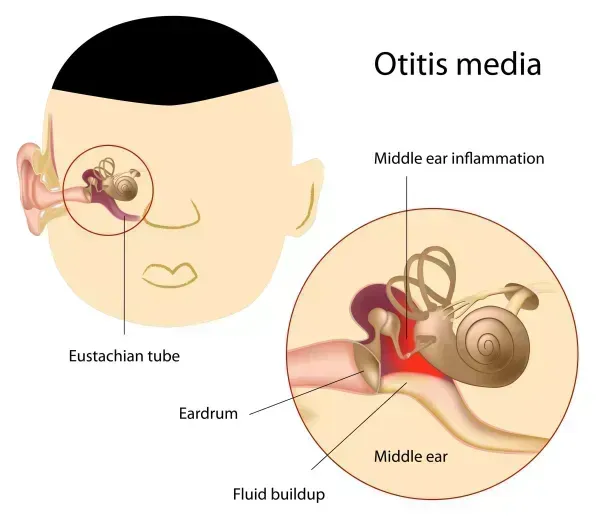Radiology Coding Alert
Bank on Medical Necessity for Same Day CT, CTA Scans
Question: How do I know when it’s appropriate to unbundle a computed tomography (CT) of the head and computed tomography angiography (CTA) of the head scan performed on the same day? Arkansas Subscriber Answer: As you are aware, you’ll encounter a modifier indicator “1” when performing a National Correct Coding Initiative (NCCI) edits check on 70450 (Computed tomography, head or brain; without contrast material) and 70496 (Computed tomographic angiography, head, with contrast material(s), including noncontrast images, if performed, and image postprocessing). With 70450 being the lower relative value unit (RVU) service and column 2 code, you will typically bundle this service into 70496 unless medical necessity supports both services. An evaluation of the indication and impression of each of the respective dictation reports is necessary before making a final determination on bundling, however a radiologist will not typically perform a CT and CTA of the brain for the same diagnostic reasons. That’s because a CT scan is generally performed to view internal organs, bones, soft tissue, and blood vessels. A CTA, on the other hand, is exclusively visualizing the vascular component (arteries and veins) of the anatomical site imaged. So, while there is some overlap in terms of CT scans with contrast having a more basic view of the cerebral vasculature, it’s unlikely a provider would perform a CT with contrast exclusively for blood vessel imaging. So long as the indication and impressions of each respective report indicate they were performed for distinct diagnostic purposes, then you are free to code for both services. For the bundled service, 70450, you will append either modifier 59 (Distinct procedural service) or XU (Unusual non-overlapping service, the use of a service that is distinct because it does not overlap usual components of the main service), depending on payer preference.
Related Articles
Radiology Coding Alert
- ICD-10-CM:
Tackle This Malunion Fx Seventh Character Conundrum
Rely on guidelines and expert advice to get to the bottom of this coding dilemma. [...] - Breast Imaging:
Crack These 5 Breast Imaging Myths Using Updated ACR Guidance
Ensure coding compliance beyond just mammograms. Staying up to date on guidance surrounding high frequency [...] - MIPS:
Address These Common PHE-Induced QPP Misconceptions
See details on performance year 2020 bonus options. The public health emergency (PHE) has resulted [...] - You Be the Coder:
Learn Appropriate Modifier 22 Use on 76830
Question: Does coding for a transvaginal ultrasound (US) for an intrauterine device (IUD) check require [...] - Reader Questions:
Breeze Through ABN Claims Processing With This Guidance
Question: Can you offer any guidance on how to properly submit advanced beneficiary notices (ABNs)? Georgia [...] - Reader Questions:
Check This CPT® Advice for MDM Bullet Counting
Question: For medical decision making (MDM) coding, should you count the order and review of [...] - Reader Questions:
Bank on Medical Necessity for Same Day CT, CTA Scans
Question: How do I know when it’s appropriate to unbundle a computed tomography (CT) of [...]




